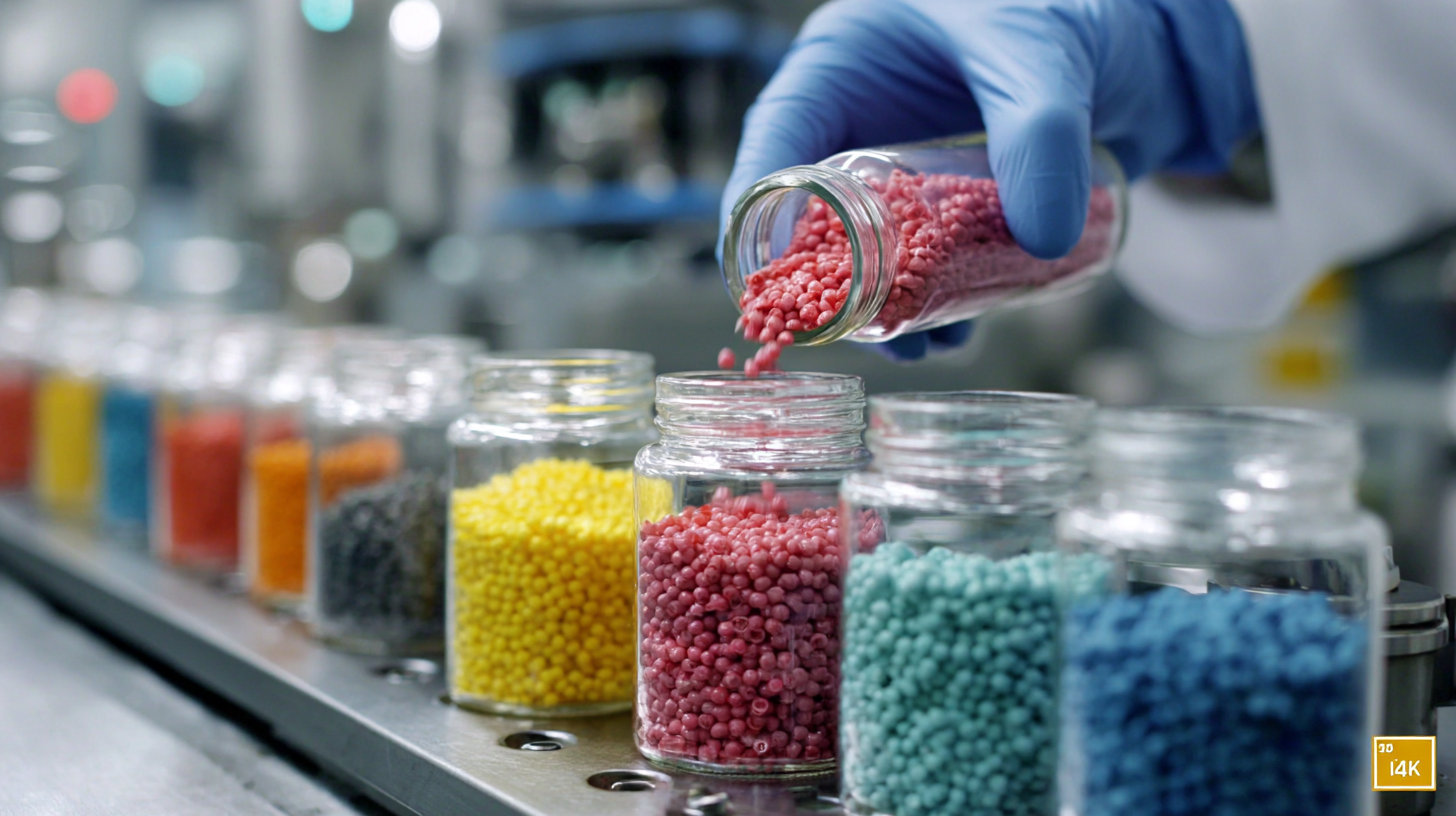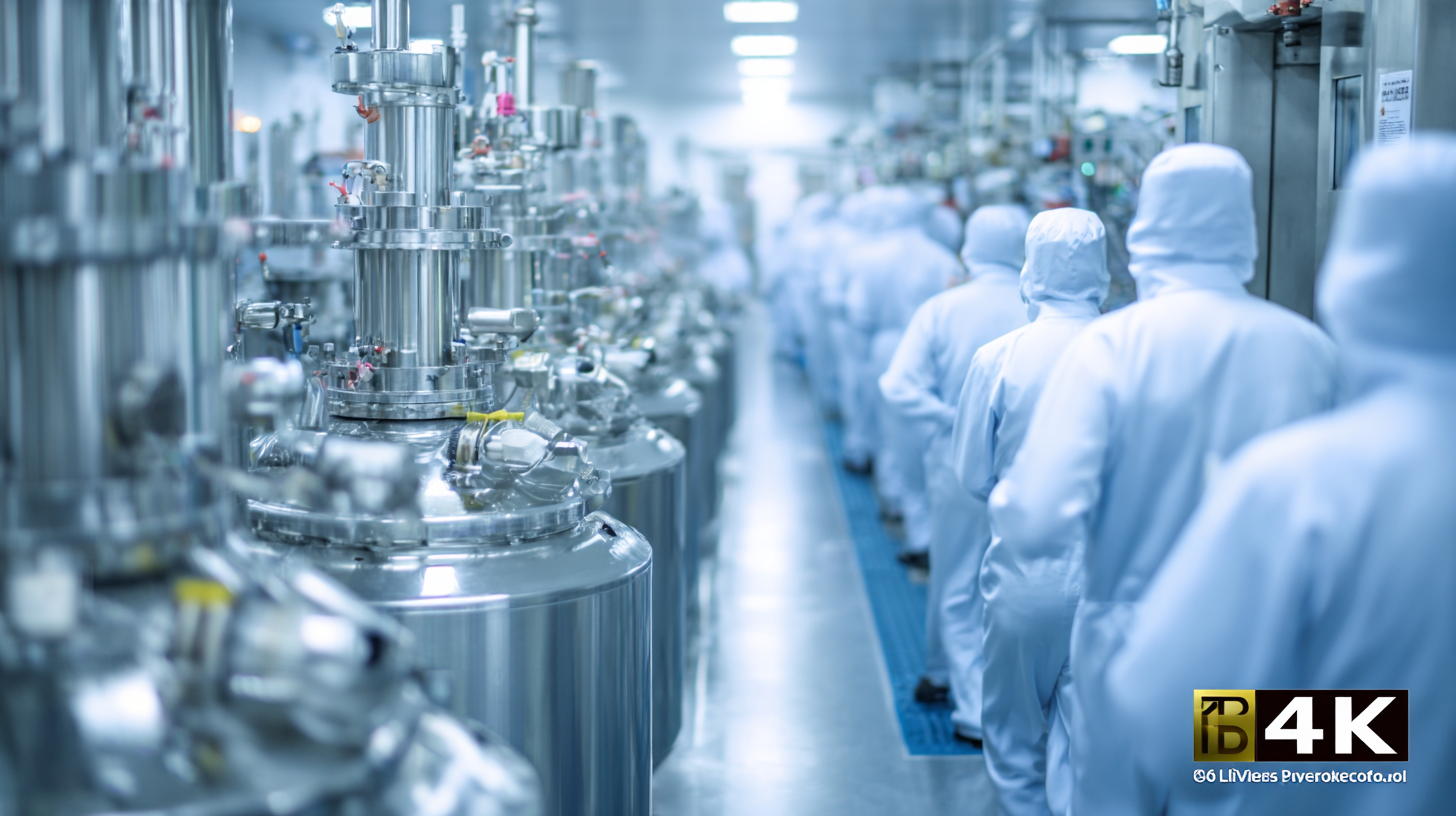In recent years, China has emerged as a formidable player in the global pharmaceutical landscape, primarily due to its advanced drug manufacturing processes. According to a report by the China National Pharmaceutical Industry Information Center, the country accounted for over 30% of the world’s pharmaceutical exports, highlighting its critical role in the global supply chain.
 The drug manufacturing process in China is distinguished by its rigorous adherence to quality standards, innovative technology integration, and cost-effectiveness, setting the benchmark for other nations. As the demand for pharmaceuticals continues to rise, driven by an aging population and increasing healthcare needs, understanding and optimizing these processes is essential for industry stakeholders. This guide delves into the essential elements of superior drug manufacturing in China, providing insights into how businesses can leverage these processes to enhance their competitiveness in the global market.
The drug manufacturing process in China is distinguished by its rigorous adherence to quality standards, innovative technology integration, and cost-effectiveness, setting the benchmark for other nations. As the demand for pharmaceuticals continues to rise, driven by an aging population and increasing healthcare needs, understanding and optimizing these processes is essential for industry stakeholders. This guide delves into the essential elements of superior drug manufacturing in China, providing insights into how businesses can leverage these processes to enhance their competitiveness in the global market.
The evolution of drug manufacturing standards in China has been a pivotal factor in the nation's rise as a leader in global exports. Over the last two decades, China has rapidly transformed its pharmaceutical sector, implementing stringent regulations and adopting technologies that enhance manufacturing efficiencies. According to the China National Pharmaceutical Industry Information Center, the country accounted for approximately 40% of global generic drug production in 2021, illustrating its significant impact on the international market. This transformation is largely attributed to compliance with international standards such as the GMP (Good Manufacturing Practice), which have helped elevate the quality of Chinese pharmaceuticals.
Furthermore, recent data from the IMS Institute for Healthcare Informatics suggests that pharmaceutical sales in China reached over $145 billion in 2022, positioning it as the second-largest pharmaceutical market worldwide. The introduction of advanced manufacturing processes, including Continuous Manufacturing (CM) and Automation, has not only improved production capabilities but also reduced costs, allowing for more competitive pricing on a global scale. As China continues to align its manufacturing practices with international norms, the country is set to maintain its trajectory as a key player in the global drug export market, driving innovations that meet the increasing demands for high-quality medicines worldwide.
Digital transformation is revolutionizing the pharmaceutical industry in China, enhancing efficiency and streamlining production processes. By integrating advanced technologies such as
artificial intelligence, machine learning, and the Internet of Things, manufacturers can optimize resource allocation, reduce waste, and improve overall productivity. These innovations facilitate
real-time data analysis, allowing companies to make informed decisions quickly and respond adeptly to market demands.
Moreover, digital solutions enable better
quality control and regulatory compliance. Automated systems can monitor production in real-time, ensuring that every batch meets stringent safety standards. This not only
minimizes the risk of errors but also shortens the time required for approval processes. As a result, pharmaceutical companies in China are not only improving their manufacturing capabilities but also positioning themselves
competitively in the global market. By embracing digital transformation, they are paving the way for a more efficient and reliable
pharmaceutical supply chain.
 China has established itself as a powerhouse in the global drug export market, accounting for approximately 40% of the total pharmaceutical exports in 2022. This dominance is largely attributed to its robust manufacturing processes, which benefit from economies of scale and an integrated supply chain. A report by the Global Pharma Insight indicates that China's pharmaceutical manufacturing industry has grown at an annual rate of 10% over the last decade, driven by technological advancements and increased investment in research and development.
China has established itself as a powerhouse in the global drug export market, accounting for approximately 40% of the total pharmaceutical exports in 2022. This dominance is largely attributed to its robust manufacturing processes, which benefit from economies of scale and an integrated supply chain. A report by the Global Pharma Insight indicates that China's pharmaceutical manufacturing industry has grown at an annual rate of 10% over the last decade, driven by technological advancements and increased investment in research and development.
Furthermore, China's strategic government policies aimed at fostering innovation and enhancing regulatory frameworks have also played a critical role. The country has implemented initiatives such as the "Made in China 2025" plan, which focuses on modernizing its manufacturing sector. According to the International Federation of Pharmaceutical Manufacturers and Associations (IFPMA), these policies have not only improved product quality but have also increased the country's competitiveness in critical therapeutic areas like oncology and biologics, which are increasingly in demand globally. With a skilled workforce and a commitment to quality, China is poised to maintain its leadership in the global drug export market for years to come.
Innovative technologies are at the forefront of reshaping drug manufacturing processes globally, particularly in China. The evolution known as Pharma 4.0 integrates advanced technologies such as artificial intelligence, Internet of Things (IoT), and quantum computing, significantly enhancing efficiency and productivity in pharmaceutical manufacturing. According to industry reports, the global pharmaceutical market is projected to grow from USD 1607.07 billion in 2024 to a remarkable USD 2 trillion by 2034, emphasizing the critical role of these technologies in meeting increasing demand for sophisticated drug therapies.
One of the most revolutionary developments in this domain is generative AI, which is transforming how researchers approach drug discovery and development. This technology allows for the rapid generation of new compounds, predicting their efficacy and safety with unprecedented accuracy. Furthermore, the implementation of advanced quality control mechanisms through technologies such as digital twins ensures that manufacturing processes are not only efficient but also comply with stringent regulatory standards. As these innovative solutions gain traction, China's pharmaceutical sector stands poised to lead in global exports, meeting the demands of healthcare systems worldwide.

China's pharmaceutical industry is poised for significant growth, marked by a myriad of opportunities alongside formidable challenges. The nation's commitment to enhancing drug manufacturing processes has positioned it as a leader in global exports, attracting attention from multinational companies and investors alike. With advancements in technology and increased regulatory compliance, Chinese manufacturers are now capable of producing high-quality pharmaceuticals that meet global standards. This shift not only boosts China's reputation on the international stage but also opens new markets for its products.
However, the road ahead is not without obstacles. As the industry expands, it faces increasing scrutiny regarding quality control and compliance with international regulations. Additionally, the rise of domestic competition and the need for innovation to prevent market saturation pose significant challenges. To thrive, Chinese pharmaceutical companies must focus on research and development, diversifying their product offerings while maintaining a strong emphasis on quality assurance. Navigating these complexities will be crucial for China to sustain its momentum in the global pharmaceutical landscape and continue leading in exports.
